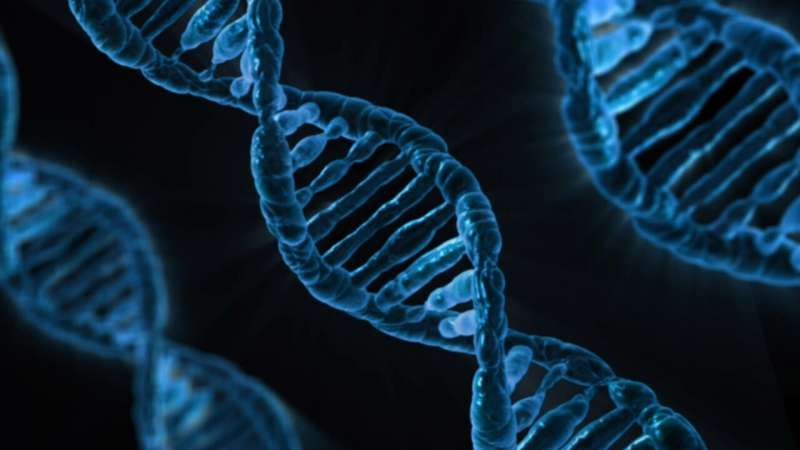
Researchers have developed a new approach to gene therapy that leans on the common pain reliever acetaminophen to force a variety of genetic diseases into remission.
A paper published in Science Translational Medicine describes how the novel technique successfully treated the blood-clotting disorder hemophilia and the debilitating metabolic disease known as phenylketonuria, or PKU, in mice.
The approach uses a benign lentivirus to both correct disease-causing mutations and to insert a new gene that makes liver cells immune to the potentially toxic effects of acetaminophen. The latter enables treated cells to survive—and kills off untreated cells—when they’re repeatedly exposed to the over-the-counter medication that’s also known by the brand name Tylenol. This allows the treated cells to multiply and creates a greater portion of liver cells being corrected.
“This gene therapy gets rid of liver cells that don’t have a therapeutic gene inserted,” said the paper’s corresponding author, Markus Grompe, M.D., a professor of pediatrics, and molecular and medical genetics in the Oregon Health & Science University School of Medicine.
“We’re essentially poisoning untreated cells with excess amounts of Tylenol, an accessible drug that is already used by millions of people across the globe. Plus, acetaminophen’s potential toxicity is controllable and doesn’t leave permanent harm. Taking Tylenol to correct a genetic disease is a relative walk in the park, compared to the intense chemotherapy and radiation treatments patients have to undergo before they can receive a bone marrow transplant, for example.”
Most gene therapies—including Luxturna, which treats a blindness-causing genetic mutation and became the first FDA-approved gene therapy for an inherited disease in late 2017—use adeno-associated virus, or AAV, to deliver gene-correcting molecules to DNA.
While AAV can work well in cells that don’t replicate, such as brain and eye cells, it isn’t very successful in cells that divide. For example, when AAV-based gene therapy is given to liver cells, liver cells can multiply and dilute the gene therapy’s effect over time. This is particularly a problem for treating genetic diseases in children, as the cells of growing children duplicate more quickly than adult cells.
To address the limitations of the currently popular standard AAV gene therapy, some use a different kind of AAV, which is designed to precisely integrate into chromosomes. Gene therapies that use either this approach or the lentivirus, as Grompe and his colleagues did, are more durable, and enable genetic corrections to be passed on as cells divide.
The typical approach to gene therapy also can’t correct all cells, which means the therapeutic virus must be given in large amounts to ensure enough cells are treated to make a therapeutic difference. By adding genes that create Tylenol resistance in cells, this new gene therapy method can be given in doses that are about a 10th of the size of current AAV therapies. And Tylenol resistance can be integrated into a variety of gene therapies approaches—including AAV, according to Grompe.
Today, most severe liver diseases are treated with liver transplants. Grompe and his colleagues said their new approach to gene therapy can reduce the need for liver transplants, treat more genetic disorders in young children, and cut the cost of gene therapy.
The new gene therapy method could also be used to treat genetic conditions that involve liver cells, even if a disease doesn’t cause symptoms in the liver.
Source: Read Full Article






